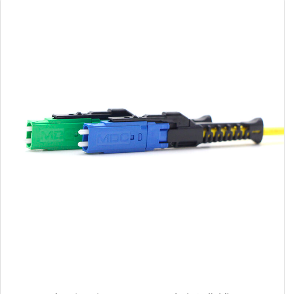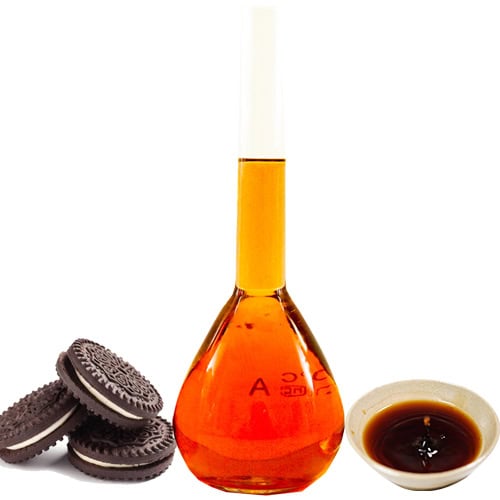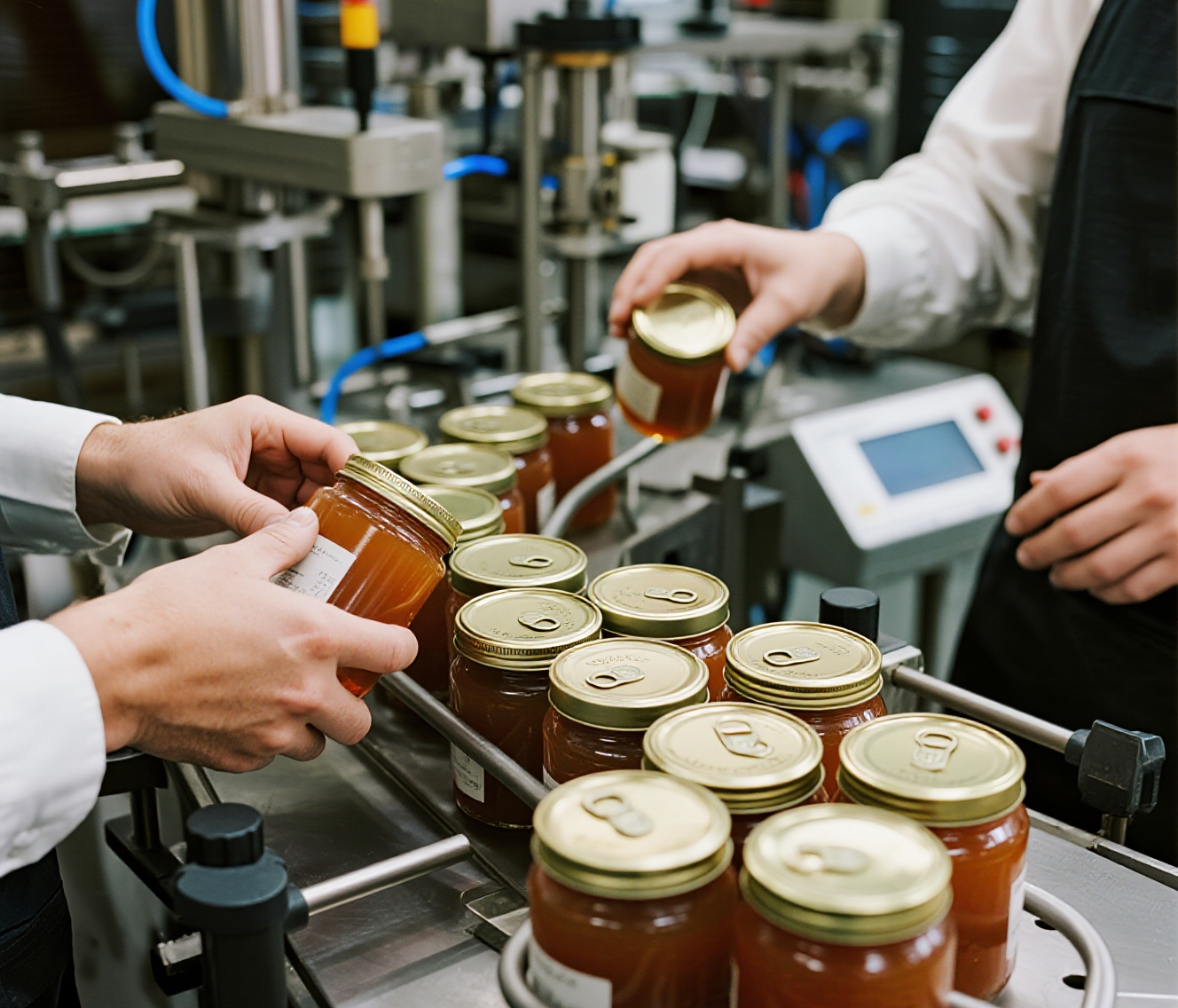目录
When crafting bespoke silicone products, the shift from creating a prototype to initiating large-scale manufacturing necessitates meticulous planning and flawless implementation. Every stage demands precision to ensure that the final product meets quality standards, remains cost-effective, and is delivered on schedule. Below, we examine the essential considerations for successfully scaling custom silicone products.
![]()
Process Optimization for Custom Silicone Products
Material Consistency and Qualification
The raw material selection for custom silicone products must remain consistent from prototype through mass production. Variations can lead to differences in mechanical properties, color, and durability.
Important aspects include:
- – Shore A hardness variance should stay within ±5 for product reliability.
- – Tensile strength should consistently exceed 6 MPa for most consumer-grade applications.
- – Material certifications (e.g., FDA, RoHS) must be maintained across batches.
Choosing qualified suppliers and maintaining rigorous incoming inspection protocols will ensure consistency and avoid costly production halts.
Mold Design and Tooling Durability
A prototype mold often differs significantly from a production mold. For volume manufacturing:
- – Steel molds are preferred over aluminum for durability, lasting up to 500,000 cycles.
- – Precision tolerances, typically within ±0.1 mm, are critical for part fit and function.
- – Cooling system integration into molds can improve cycle times by 20–30%.
Optimized mold design ensures longevity and reduces the risk of defects at scale.
Quality Control Systems for Custom Silicone Products
Inspection Standards and Testing Protocols
Robust quality control is vital when producing custom silicone products at scale. Implementing strict inspection systems can significantly lower defect rates.
Key steps:
- – Statistical Process Control (SPC) methods monitor production consistency.
- – 100% visual inspection or AQL (Acceptable Quality Level) sampling, such as AQL 1.0 or 1.5, should be applied.
- – Critical dimensions must be verified using calibrated tools like CMM (Coordinate Measuring Machines).
Additionally, functional testing under simulated use conditions ensures the product’s real-world performance.
Documentation and Traceability
Maintaining full documentation is essential:
- – Process sheets must be updated with production parameters.
- – Batch numbers should link to material certificates and inspection results.
- – Traceability systems enable identifying defective batches within 2 hours, minimizing recall costs.
A custom silicone products supplier with strong documentation systems will deliver better long-term reliability and accountability.
Cost and Supply Chain Management
Scaling Costs and Lead Times
Moving from prototype to mass production involves a shift in cost structure:
- – Initial mold investment for custom silicone molds can range from $5,000 to $50,000.
- – Per-unit costs can decrease by up to 70% when scaling from 100 units to 10,000 units.
- – Typical lead times for mass production molds are 4–8 weeks.
Understanding these changes helps businesses plan budgets and timelines more accurately.
Logistics and Inventory Planning
For large-volume orders of custom silicone products, efficient logistics are critical:
- – Just-in-time (JIT) inventory systems can reduce warehousing costs by 15–25%.
- – Dual-sourcing strategies minimize risks associated with supplier delays.
Proactive logistics planning ensures that supply keeps pace with market demand.
Conclusion
Scaling custom silicone products from prototype to volume is a complex but manageable process when material consistency, mold optimization, quality control, and supply chain management are carefully addressed. By integrating precise specifications, thorough testing, and efficient logistics, businesses can ensure a smooth transition to high-volume production, achieving both cost-efficiency and exceptional product quality.
0









